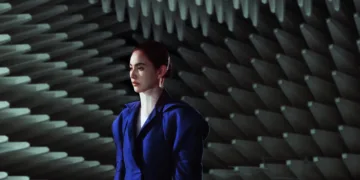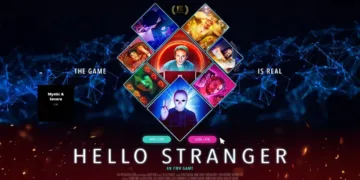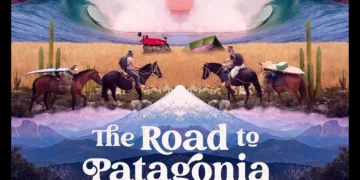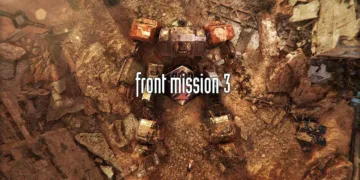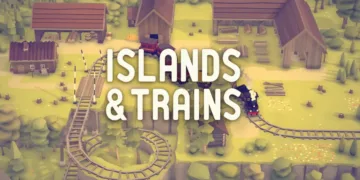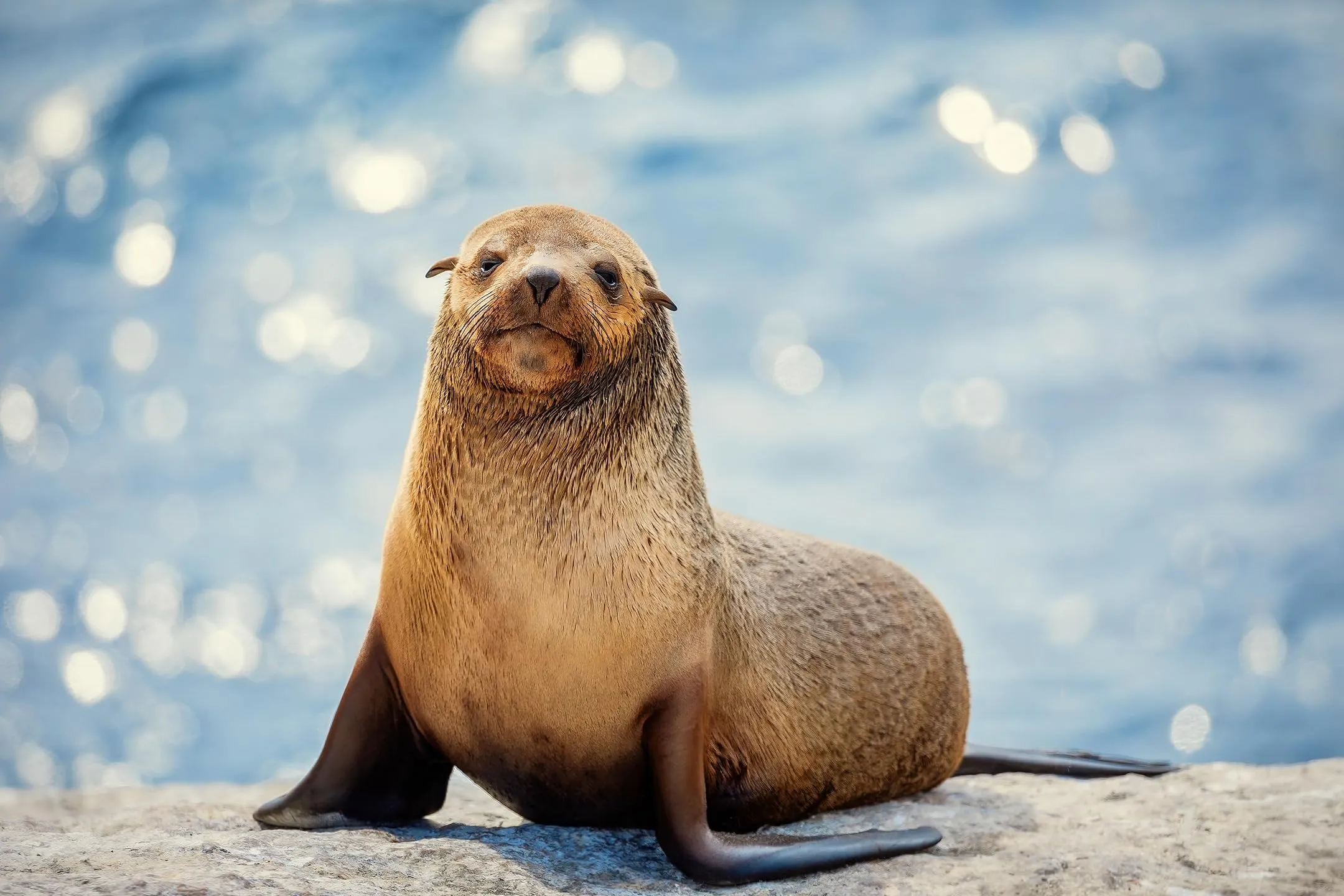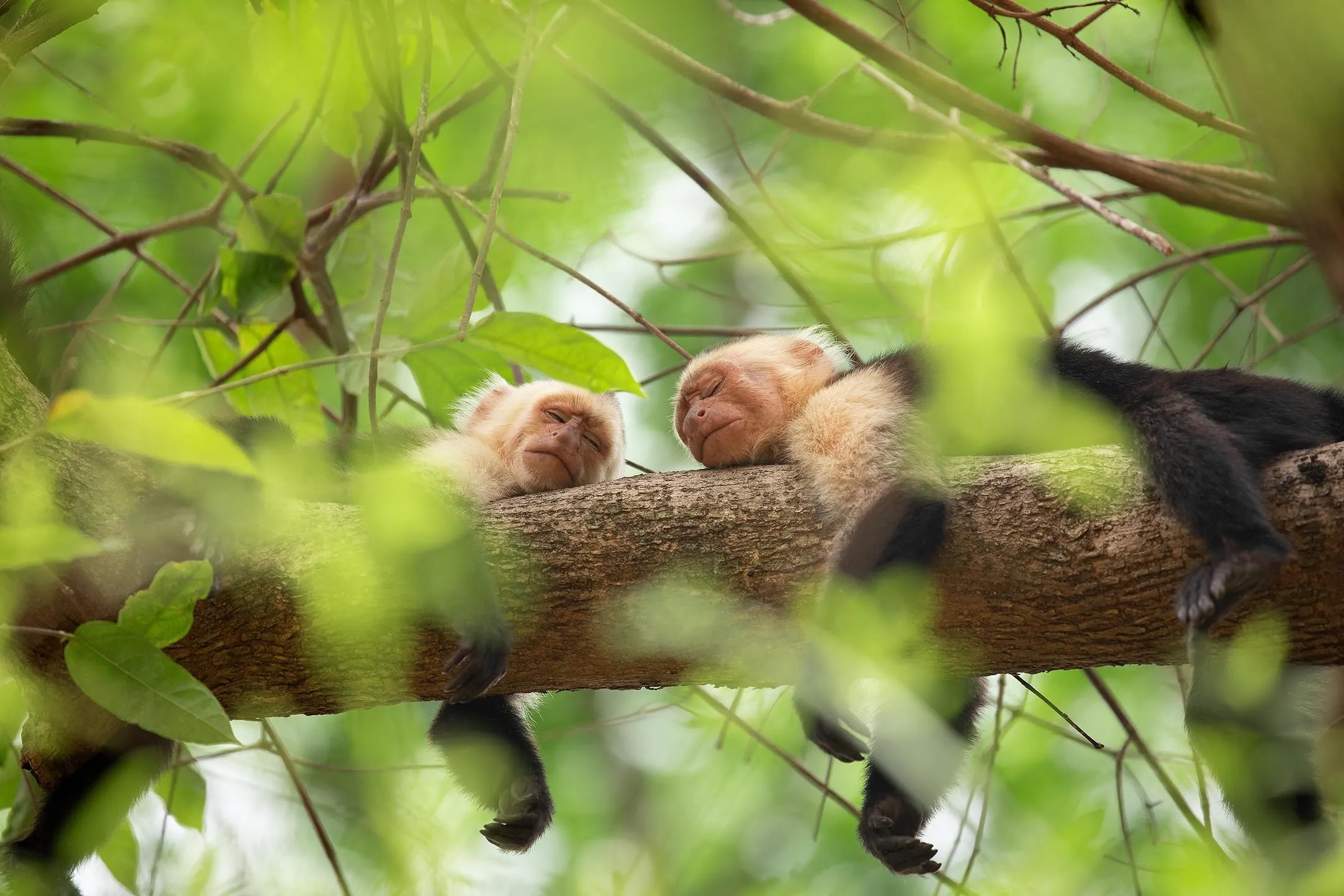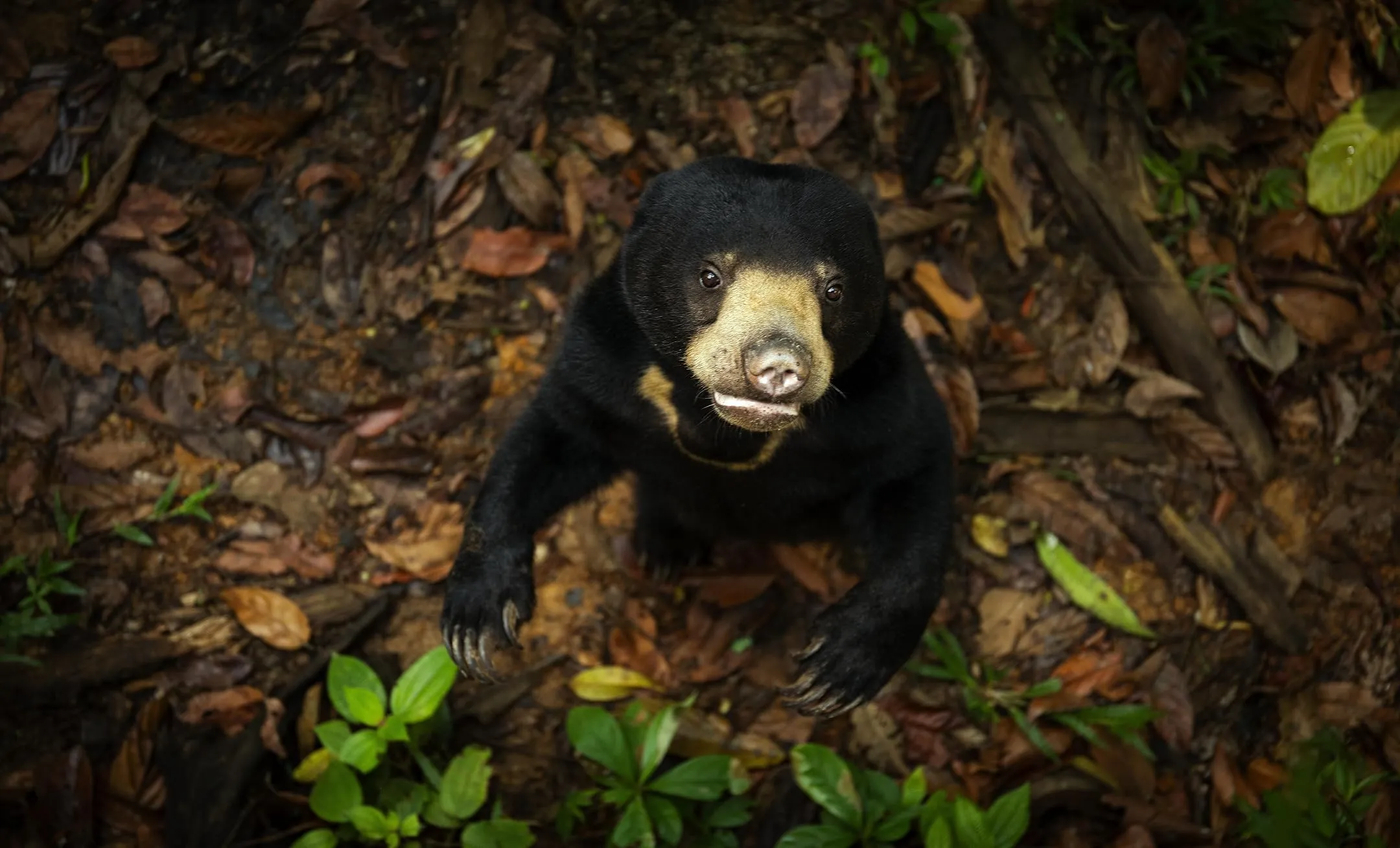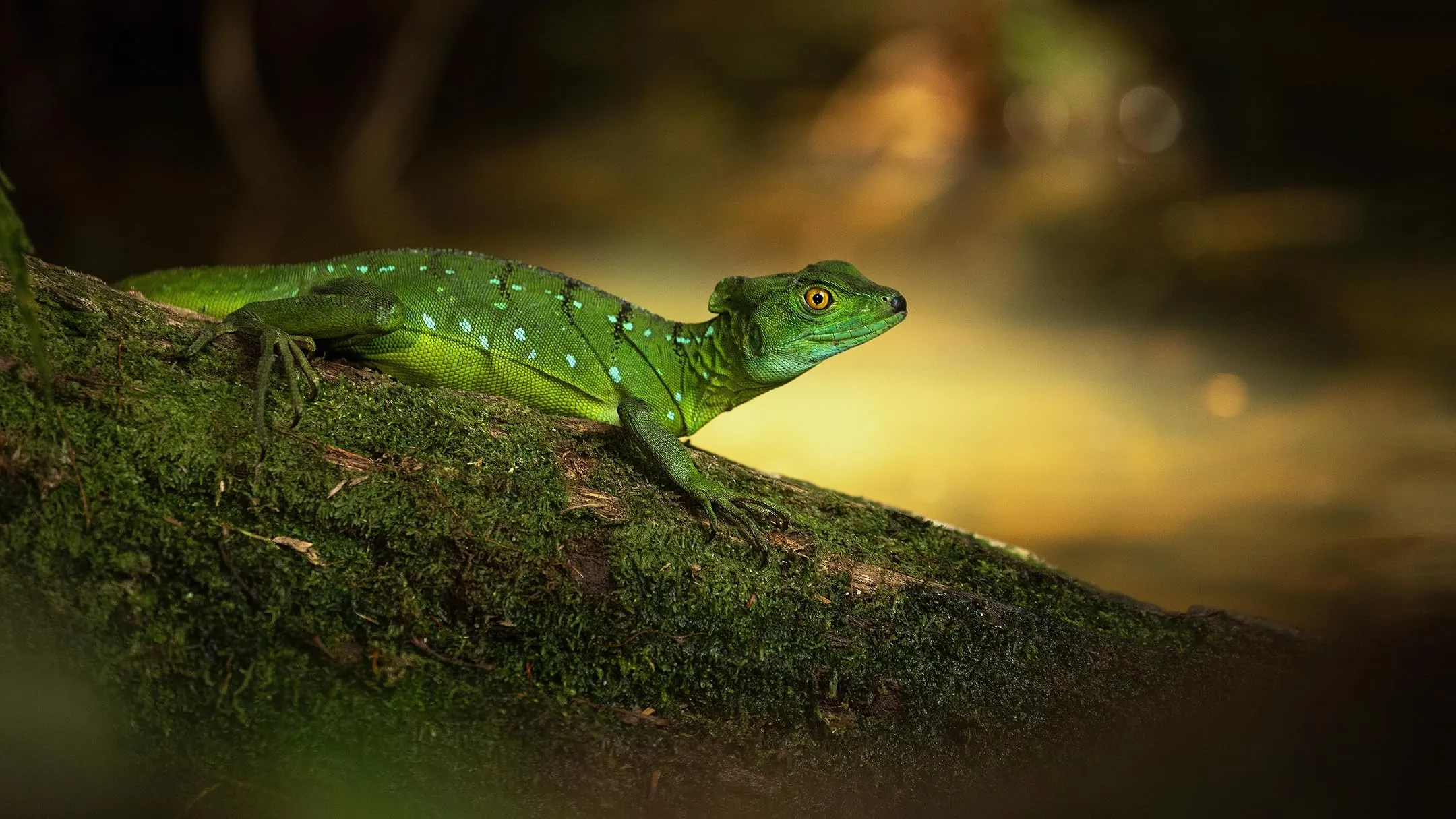The Secret Lives of Animals provides a lovely escape from the bustle of daily life, drawing viewers into the intricate tapestry of the natural world. This 10-part docuseries, each episode lasting 30 minutes, is a collaboration between Apple TV+ and the renowned BBC Studios. It almost feels like a charming invitation to assemble the family for a nice evening, a modern-day fireside tale in vivid detail.
The production expertly blends breathtaking cinematography and compelling storytelling, reminiscent of the grand history of nature documentaries, but with a youthful twist that makes it more accessible to a wider audience.
The series appears to be geared toward families and children, depicting animal life in an enchanting and appealing way. It expertly avoids the frequently brutal reality of nature, instead choosing a pleasant depiction that feels almost fairy-tale-like.
As I watched, I couldn’t help but reflect on my youthful obsession with wildlife documentaries—those moments when I was riveted by nature’s beauties, a combination of awe and curiosity rising within. This series masterfully captures that attitude, matching our inherent yearning for wonder, particularly among younger viewers who are just beginning to explore the huge world beyond their windows.
However, as I interact with this enticing narrative, I find myself wrestling with the question: does this refined portrayal diminish the raw, sometimes terrible truths of the animal kingdom?
It’s a burning topic for me: how do we balance the requirement for fascinating storytelling and the integrity of the natural world? While the shiny surface and anthropomorphic narratives entice viewers like moths to a flame, I wonder if they unintentionally obscure the harsh realities underlie these creatures’ lives.
The Voice of Nature: Hugh Bonneville’s Enchantment
Hugh Bonneville, well known for his appearances in Downton Abbey and Paddington, takes on the job of narrator for The Secret Lives of Animals with a distinct charm that is difficult to resist. His rich and appealing voice has an accessibility that draws viewers into the narrative, changing what could easily feel like a boring recitation of data into a friendly conversation.
I reflect on how his acting training influences his storytelling—each tone and pause feels planned, creating an experience that feels intimate rather than authoritative. Bonneville’s presence is soothing; it’s as if he’s not simply narrating a documentary but also offering insights gained from a lifelong fascination with the animal realm.
In contrast to the legendary David Attenborough, whose voice has become synonymous with nature films, Bonneville’s approach is refreshingly modest. While Attenborough’s seriousness inspires respect, Bonneville’s approach feels more like a pleasant invitation to explore than a lecture from a renowned expert.
This shift in narrative form encourages a different type of engagement, one based on curiosity and discovery rather than reverence for the natural world. I often question whether this approach oversimplifies the complexities of animal behavior, but I can’t dispute his storytelling’s power.
Bonneville’s narration elevates the series by making it feel less like a documentary and more like a shared journey, instilling a sense of wonder that connects strongly, particularly among younger people. It’s a delightful paradox: in his quest for accessibility, does he risk losing depth? Perhaps, but isn’t the delight of discovery frequently born from a simple place?
Threads of Life: Themes in The Secret Lives of Animals
The Secret Lives of Animals’ thematic organization provides an intriguing prism to explore the diverse lives of its animal subjects. Each episode is thoughtfully built around crucial life moments—concepts like leaving home, raising a family, and finding a place to live resonate with the animals depicted and the universal human experience.
This thematic framework encourages viewers, particularly younger audiences, to draw parallels between their own lives and those of these creatures, fostering an emotional bond that crosses species boundaries. I wonder if such anthropomorphism dilutes the essence of these animals, but I can’t help but love how it makes their struggles and achievements relatable.
One excellent episode, “The Art of Deception,” depicts an American badger chasing owlets, weaving an exciting and emotional narrative. The badger’s chase, juxtaposed with the innocence of the owlets cowering in their burrow, captures a dangerous yet beautiful side of nature—one that is frequently overlooked in more typical films. This juxtaposition not only demonstrates survival ingenuity but also provokes reflection on the harsh reality of wilderness life.
Similarly, in the episode about raising a family, we witness a chimpanzee utilizing tools to get food, which causes a flush of pride and awe. I can’t help but marvel at the implications of such behavior. It serves as a reminder that intelligence and ingenuity are not exclusive to humans. As I witness these moments, I grapple with my assumptions about what it means to be ‘advanced’ in the animal realm. Each narrative thread, expertly woven into the series’ fabric, deepens our understanding and promotes deeper reflection on the lives we share this planet with.
The Art of Observation: Cinematography in The Secret Lives of Animals
The cinematography in The Secret Lives of Animals lifts the series to the level of visual poetry, capturing not just the animals themselves but the essence of their behaviors and surroundings. Each shot feels precisely constructed, utilizing cutting-edge filmmaking techniques to immerse the viewer in the moment.
I reflect on my youthful obsession with nature documentaries, in which the camera appeared to behave as a quiet observer, illuminating the hidden lives of creatures that were often neglected. Here, we witness a stunning transformation in storytelling as drones soar above treetops and underwater cameras glide softly through aquatic realms, revealing hitherto elusive behaviors.
We may witness the delicate flutter of a butterfly’s wings or a hunting animal’s quick, intuitive motions thanks to techniques like slow-motion captures and macro lenses used in the series. These visual storytelling techniques increase engagement and give each scene a sense of urgency and intimacy. In one particularly breathtaking scene, a mother seal nudges her pup toward the shore, with each wave breaking around them depicted in perfect detail. Moments like these provoke an emotional reaction, serving as a reminder of the fragility and beauty of wildlife.
Aesthetically, the series has a shiny, crisp visual design that feels almost theatrical. The brilliant hues stand out against the lush settings, producing a visual feast that is both appealing and accessible. I am conflicted between respect for this professional presentation and concern: does the slickness detract from the subjects’ authenticity?
However, watching a kaleidoscope of animals bloom on TV, I am taken aback by the sheer spectacle. Scenes of a basilisk lizard skimming across the water, its legs a blur of motion, or the elaborate webs woven by a cyclist spider are more than just beautiful; they are visceral reminders of the delicate dance of life happening all around us. In these moments, I recognize that the artistry of the visuals may serve to illuminate reality in ways that words alone cannot.
The Lives They Lead: Insights into Animal Behavior
The picture of animal behavior in The Secret Lives of Animals is like a colorful tapestry, rich in both struggles and accomplishments. It is a voyage into the heart of the wilderness, where each creature is treated with dignity and complexity. How much can we attribute human feelings and goals to these non-human lives?
This is a question I frequently find myself wrestling with. While there is an inherent fascination with seeing a mother bear affectionately nuzzle her kids or a meerkat standing guard, I wonder if such depictions risk oversimplifying the complex reality of animal life. However, there is a beauty to this picture; it evokes empathy, encouraging us to connect with these beings on a deeper level.
The series expertly navigates this balance, depicting animals as participants in a wider narrative of survival and adaptation rather than just subjects of fascination. For example, the episode in which a chimpanzee uses a stick to retrieve termites is a wonderful example of ingenuity.
It serves as a reminder that tool use, formerly regarded as a distinguishing feature of humanity, is a shared habit among animals. I can’t help but marvel at the implications of such behavior—what does it indicate about our understanding of intelligence? When I watch these moments, I feel a mixture of awe and humility, questioning the definitions we place on humans and animals.
Furthermore, the series presents viewers with unusual adaptations, like the glass frog’s ability to become practically invisible, which speaks volumes about how evolution and environment interact. These insights are fascinating and have an educational purpose, encouraging viewers to reconsider their ideas about animal life.
As I absorb this abundance of information, I grapple with my own biases—how frequently do I overlook the incredible skills of creatures called ‘ordinary’? Perhaps witnessing these insights helps us better understand our place in the complicated web of life, reminding us that every creature has a tale to tell.
Nature’s Classroom: The Educational Value of The Secret Lives of Animals
The Secret Lives of Animals emerges as an outstanding instructional tool, expertly bridging the gap between entertainment and enlightenment. Each episode is more than just a collection of animal antics; it’s a meticulously selected lesson in wildlife and ecology, shedding light on the subtle links that keep life on Earth going.
I reflect on the series’ potential to ignite a passion for animal behavior and conservation, particularly among younger viewers. It’s encouraging to think that a toddler fascinated by the sight of a jumping killifish will one day become an advocate for marine ecosystems.
What struck me most about the series is its ability to reduce complex biological principles into consumable narratives. The storytelling is entertaining and informative, making complex concepts like adaptation, survival strategies, and ecological balance accessible to even the most casual spectator.
As I watch, I appreciate how the filmmakers smoothly incorporate factual insights into the narrative, transforming otherwise dry facts into vivid stories. This approach not only demystifies the natural world but also piques viewers’ interest, leading them to ask questions and seek additional information.
I can’t help but wonder: at an age when environmental challenges are pressing, how important is it that we foster a sense of wonder and understanding? Perhaps by such intelligent storytelling, we might inspire a new generation to value and safeguard the complex web of life surrounding us.
The Tapestry of Life: A Reflection on The Secret Lives of Animals
The Secret Lives of Animals is a monument to the natural world’s beauty and complexity, weaving together magnificent sights, captivating storylines, and accessible information.
Its virtues are not only the magnificent cinematography and captivating storytelling but also its capacity to connect with audiences of all ages, fostering a sense of connection to the wild.
As I reflect on the series, I am reminded of the significant impact such depictions have on our understanding of animal life. It’s an invitation to witness the remarkable in the commonplace and appreciate the intricate tapestry of life surrounding us.
I encourage viewers to enter this series, immerse themselves in the beauties it depicts, and let it inspire a better appreciation for the creatures we share this planet with. Such moments of wonder are necessary, especially in a world that frequently overlooks the beauty right in front of us.
The Review
The Secret Lives of Animals
The Secret Lives of Animals is a visually spectacular and emotionally engaging overview of the animal universe that expertly blends education and entertainment. Its unique cinematography and smart storytelling encourage viewers to connect emotionally with the natural world while emphasizing the complexities of animal behavior. The series excels at making complex subjects accessible, inspiring curiosity and a passion for conservation. Overall, it's a poignant reminder of the beauty of our ecosystems.
PROS
- Stunning cinematography that captures animal behavior vividly.
- Engaging storytelling that balances emotion and education.
- Accessible explanations of complex biological concepts.
- Encourages interest in wildlife conservation and ecology.
- Richly diverse animal subjects showcasing unique adaptations.
CONS
- Occasional anthropomorphism may oversimplify animal behaviors.
- Some viewers might find the pacing slow in certain episodes.
- Limited focus on specific ecosystems or geographical areas.




















